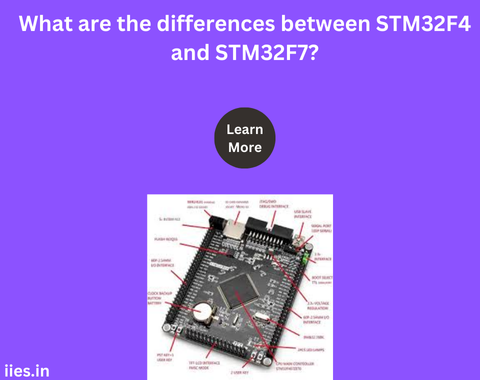
Microcontrollers are the backbone of modern electronics, embedded systems, and IoT devices. Among the various families of microcontrollers, the STM32 series by STMicroelectronics stands out for its versatility, performance, and extensive features. Within this series, the STM32F4 and STM32F7 families are popular choices for developers. While both belong to the high-performance segment, they cater to different requirements and applications. This article explores the key differences between the STM32F4 and STM32F7 microcontrollers.
STM32F4:
STM32F7:
STM32F4:
STM32F7:
STM32F4:
STM32F7:
STM32F4:
STM32F7:
STM32F4:
STM32F7:
STM32F4:
STM32F7:
The STM32F4 and STM32F7 families of microcontrollers cater to different performance and application requirements within the embedded systems domain. While the STM32F4 is suitable for general-purpose applications with moderate performance needs, the STM32F7 excels in high-performance scenarios requiring advanced processing power and enhanced peripheral capabilities. Understanding these differences allows developers to select the most appropriate microcontroller for their specific project requirements, ensuring optimal performance and efficiency.
Indian Institute of Embedded Systems – IIES